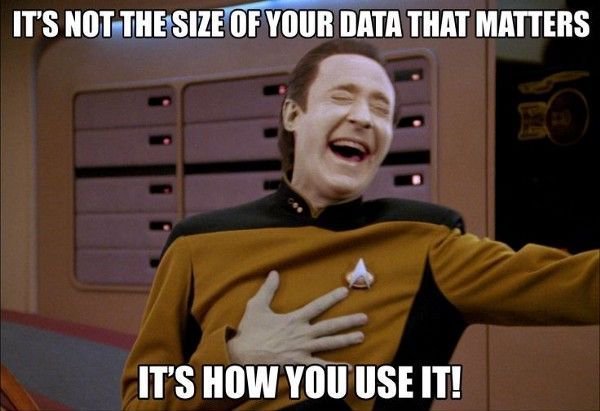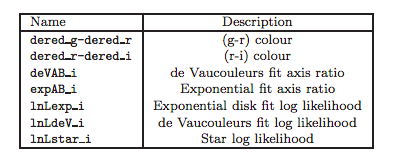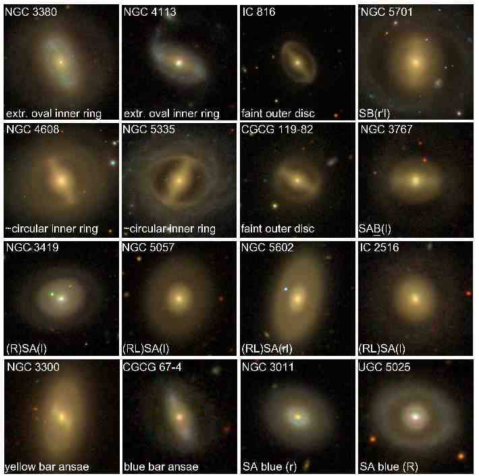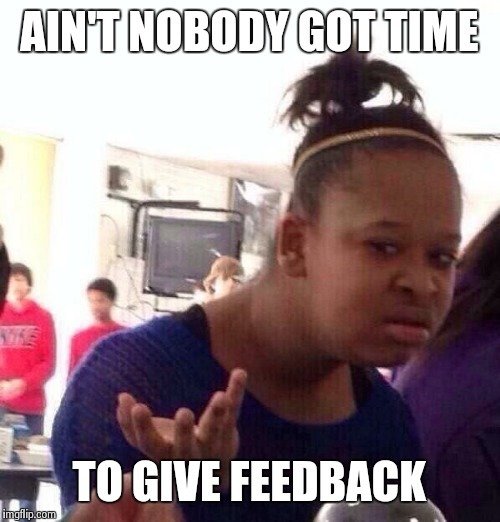AstroML - Machine Learning for Astronomy
Contents
1) What is Machine Learning?
2) Why do AstroMl?
3) Interesting use cases
4) What do we have in store for us?
5) Materials you can read from
What is Machine Learning?

- Guided Infinite Monkey Theorem
- Statistically Brute Forcing a Solution

Resources to get you started

Neural Networks and Deep Learning
Democracy is a lot like how Neural Networks work
Weighted Aggregate of every Vote

https://deepmind.com/blog/understanding-deep-learning-through-neuron-deletion/
AstroML-What to do with so much data?
- Astronomy and astrophysics are witnessing dramatic increases in data volume as detectors, telescopes and computers become ever more powerful.
- Mosaic CCDs-Astronomical data sets have grown considerably in size in the last decade owing largely to the advent of mosaic CCDs that can be used on large telescopes in order to image large areas of the sky down
- Sloan Digital Sky Survey-The Sloan Digital Sky Survey (SDSS) (York et al. 2000) has led to the construction of a dataset of around 230 million celestial objects.
- Open Source data

AstroML-Python package
- Python is an open sourced language used popularly in machine learning owing to its good reproducibility.
- It is a language which is easier to code and implement
- There are different packages available in python that can be accessed and used including numpy, sci-kit learn and matplotlib.
- AstroML leverages the powerful tools available in numpy, scipy, matplotlib, sci-kit-learn and other open-source packages, adding implementations of algorithms specific to astronomy. Its purpose is twofold: to provide an open repository for fast python implementations of statistical routines commonly used in astronomy, and to provide accessible examples of astrophysical data analysis using techniques developed in the fields of statistics and machine learning

Interesting Use Cases-1-Classifying Galaxy Morphologies
- Galaxy Zoo into three classes, namely early types, spirals and point sources/ artefacts
- An artificial neural network is trained on a subset of objects classified by the human eye and we test whether the machine learning algorithm can reproduce the human classifications for the rest of the sample.
- Dataset: Sloan Digital Sky Survey
- Input Parameters 1 and their Result


- Input Parameters 2 and Result



TALK WITH JEFFERY VOIEN -MATHEMATICIAN FROM UNIVERSITY OF BERKELEY
- Feedback- A link to give us a feedback-tinyurl.com/srmastrotalk we would love to hear from you!
- Contact us:
- Archana Iyer:
- varchanaiyer139@gmail.com
- Soham Chatterjee:
- 96soham96@gmail.com
- csoham.wordpress.com

CONTACT US
AstroMl -An Introduction to
By archana iyer
AstroMl -An Introduction to
- 1,089



